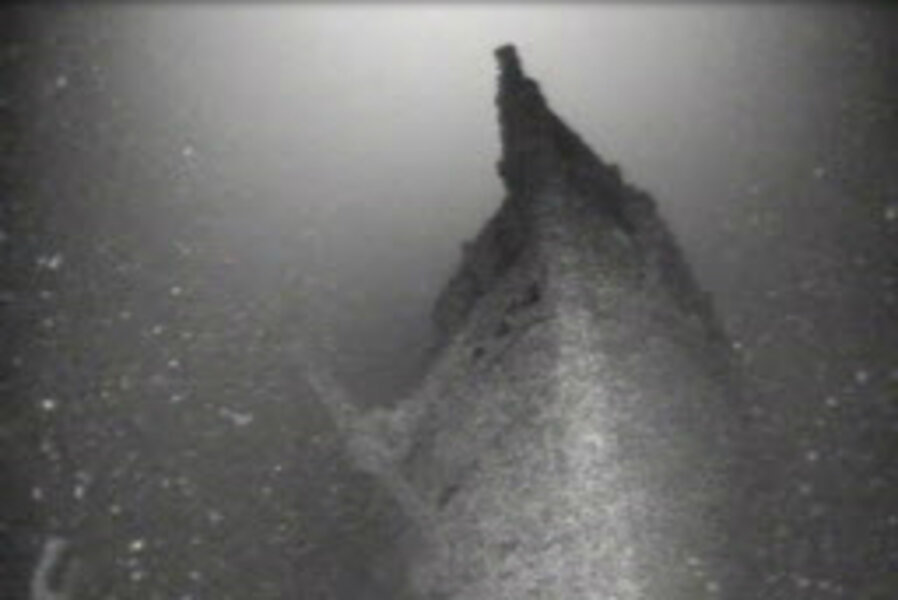Shipwreck hunters find wreck of steamer lost in 1862 storm
| Albany, N.Y.
The wreck site of one of the earliest propeller-driven steamships to sail the Great Lakes has been found in Lake Ontario more than 150 years after it sank in a storm, killing everyone on board, a team of New York-based shipwreck hunters said Tuesday.
Jim Kennard and Roger Pawlowski, both of the Rochester area, said the wreck of the Bay State is in water hundreds of feet deep, about seven miles off Fair Haven in central New York, 155 miles west of Albany.
The Bay State departed nearby Oswego in November 1862 with a cargo of general merchandise destined for Ohio. But a storm turned into a gale, forcing the ship's captain to turn back.
"That was the beginning of the end," Kennard, who has been searching for shipwrecks since 1970, told The Associated Press.
The 137-foot-long, two-tiered ship vessel started coming part, losing sections of its upper decks to the high winds and waves before eventually sinking and leaving a debris field about a quarter-mile long on the lake bottom.
Seven passengers and between nine and 11 crewmembers were lost. Kennard said records of the exact number of crew weren't kept, but the captain and at least four crewmen were from Oswego.
The Bay State, owned by a Cleveland, Ohio, company, was built in Buffalo in 1852, a decade after the first propeller-driven steamers joined paddle-wheelers on the Great Lake, the explorers said.
Kennard and Pawlowski, with underwriting support from National Museum of the Great Lakes in Toledo, Ohio, were searching for wrecks along the lake's southeastern shore in late August when their side-scan sonar revealed a debris field in several hundred feet of water about seven miles from shore. At the eastern end of the field the sonar detected a large object, which turned out to have the same dimensions as the Bay State, Kennard said.
Video equipment on a remotely operated vehicle, or ROV, captured images of the wreck before the $45,000 device got snagged on some debris, Kennard said. It would be another month before the ROV could be retrieved as inclement weather prevented divers equipped with deep-water gear from descending to the wreck site. When they did, the divers reported seeing a propeller and a large opening on the port's left side for loading cargo, he said.
A story published in the Oswego newspaper around the time of the Bay State's disappearance also helped confirm that the wreck is that of the Bay State, Kennard said.
Cargo and debris from the wreck washed up along Lake Ontario's southern shore around Oswego, giving shoreline residents a windfall, Kennard said.
"It was like opening the store for you for free," he said. "They'd come down to the beach and cart this stuff away for free."
New York law doesn't allow the salvaging of items from historic wrecks, but Kennard said he's hoping to send divers back down to the wreck next year to record images of the steam engine and the propeller, something state historic preservationists and maritime historians are keenly interested in seeing.
In recent years, Kennard, Pawlowski and other members of their exploration team have found and identified more than a dozen of the estimated 200-plus shipwrecks resting on the bottom of Lake Ontario, including the HMS Ontario, a British warship that sank during the Revolutionary War.
Copyright 2015 The Associated Press. All rights reserved. This material may not be published, broadcast, rewritten or redistributed.






